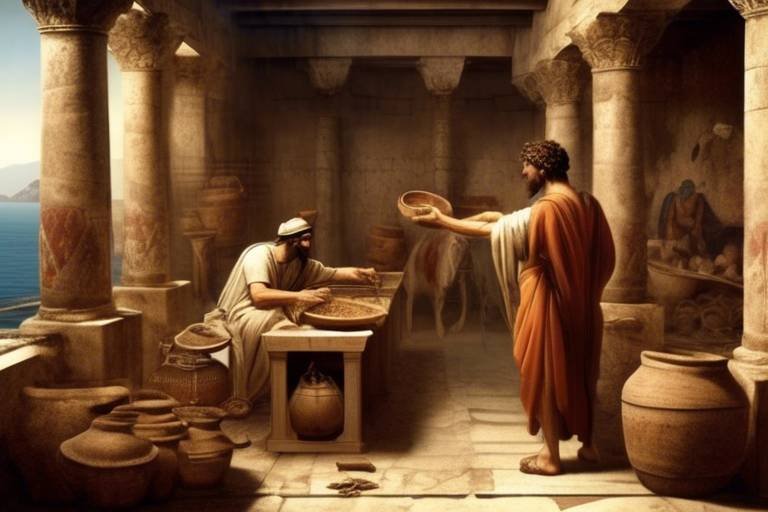The Enigma of the Ancient Roman Gladiators
Gladiators, the enigmatic figures of ancient Rome, continue to captivate our imagination with their tales of valor, combat, and sacrifice. These skilled warriors, who fought in the arena for the entertainment of the masses, hold a special place in history as symbols of strength, skill, and resilience.
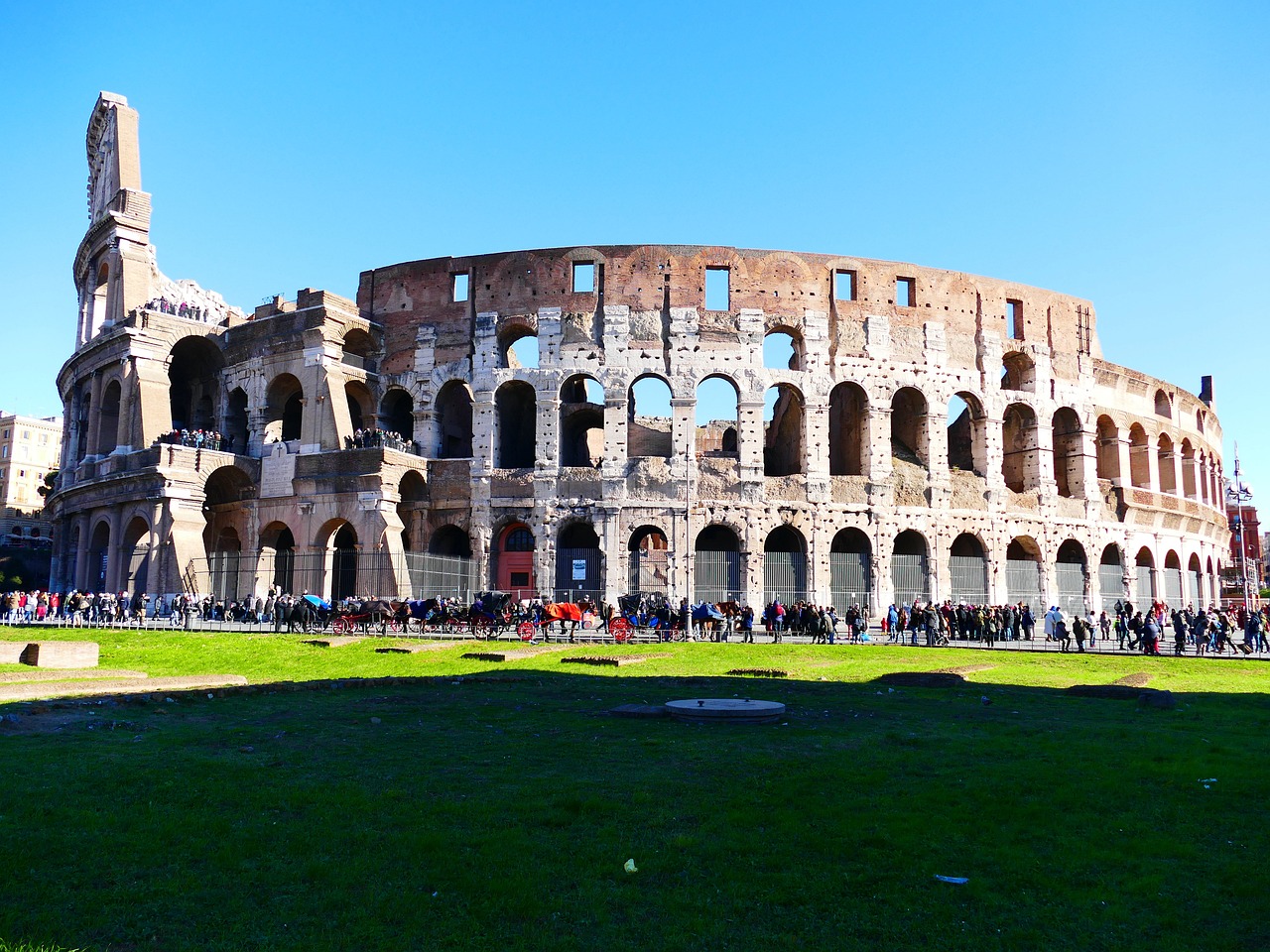
Origins of Gladiatorial Combat
The origins of gladiatorial combat in ancient Rome are shrouded in mystery and intrigue, dating back to the early days of the Roman Republic. Initially, gladiatorial contests were held as part of funeral rites to honor deceased warriors, with combatants engaging in symbolic battles to appease the spirits of the departed. Over time, these rituals evolved into public spectacles that captivated the Roman populace, blending elements of entertainment, religious symbolism, and martial prowess.
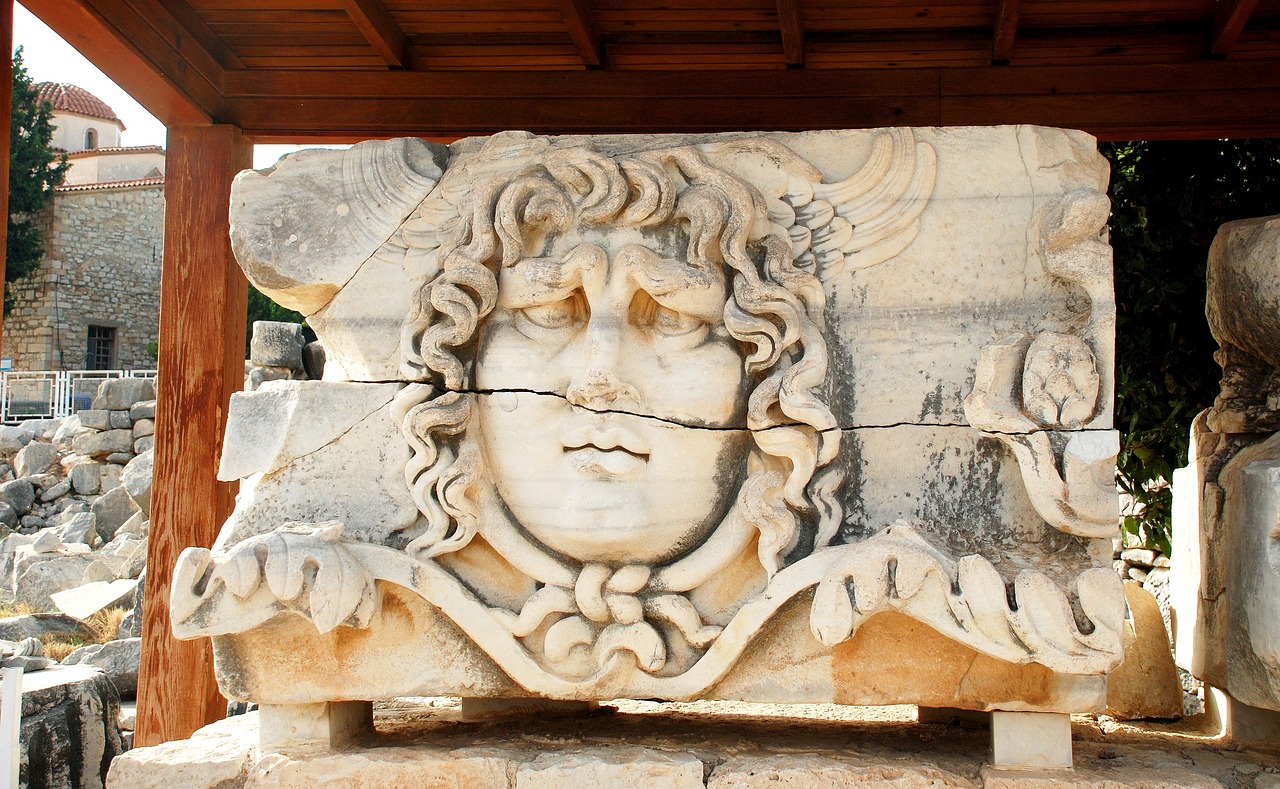
Types of Gladiators
Gladiatorial combat in ancient Rome has always been a subject of fascination and intrigue, shrouded in mystery and glory. The origins of this brutal yet captivating spectacle can be traced back to the funeral rites and religious practices of the ancient Romans, evolving over time into a grand display of skill, bravery, and entertainment.
When we delve into the world of ancient Roman gladiators, we encounter a diverse array of classes and types that each brought a unique fighting style and weaponry to the arena. From the heavily armored Murmillo to the nimble retiarius armed with a trident and net, each gladiator embodied a different persona and combat strategy.
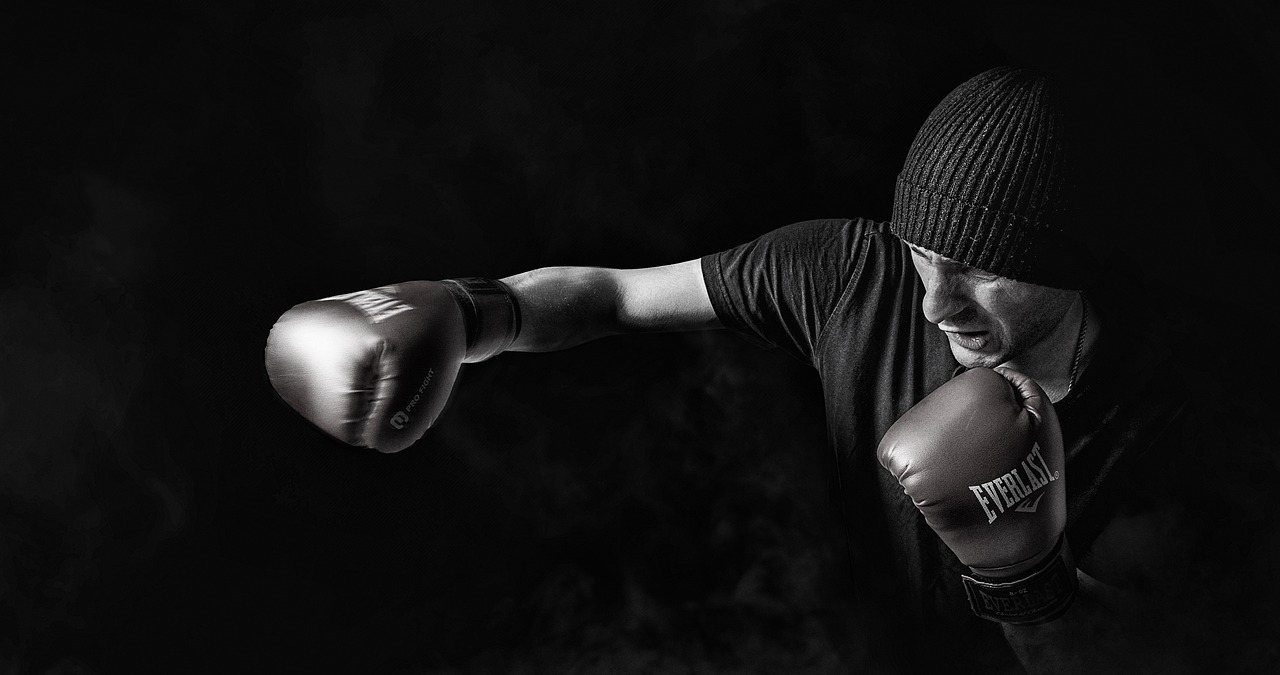
Training and Equipment
When it comes to the world of gladiators, the training and equipment they used were crucial elements that defined their success in the arena. The life of a gladiator was not just about fighting; it was a rigorous routine of physical conditioning and skill development. These warriors underwent intense training to hone their combat abilities and prepare for the brutal battles that awaited them.
Gladiatorial training was a demanding process that required discipline and dedication. From a young age, aspiring gladiators were subjected to grueling workouts and combat drills to build strength, agility, and endurance. They practiced with various weapons and fighting styles under the watchful eye of experienced trainers, striving to perfect their techniques and master the art of combat.
Moreover, the equipment used by gladiators played a pivotal role in their performance in the arena. Each type of gladiator was equipped with specific armor and weapons suited to their fighting style. The Murmillo, known for their heavy armor and large shield, stood in stark contrast to the nimble retiarius, who wielded a trident and net to entangle their opponents.
Gladiators relied on their gear not only for protection but also as an extension of their skills and tactics. The choice of weapon and armor could determine the outcome of a fight, making it essential for gladiators to be proficient in using their equipment effectively. The meticulous care and maintenance of their gear were essential to ensure peak performance in the arena.
In addition to physical training and equipment, mental preparation was also a significant aspect of a gladiator's readiness for combat. They had to cultivate a warrior mindset, embracing the risks and challenges of the arena with courage and determination. The psychological resilience of gladiators was as crucial as their physical prowess, enabling them to face death with stoicism and honor.
Overall, the training and equipment of ancient Roman gladiators were integral components of their existence in the arena. The combination of rigorous physical conditioning, specialized gear, and mental fortitude shaped these warriors into formidable fighters who captivated audiences with their skill and bravery.
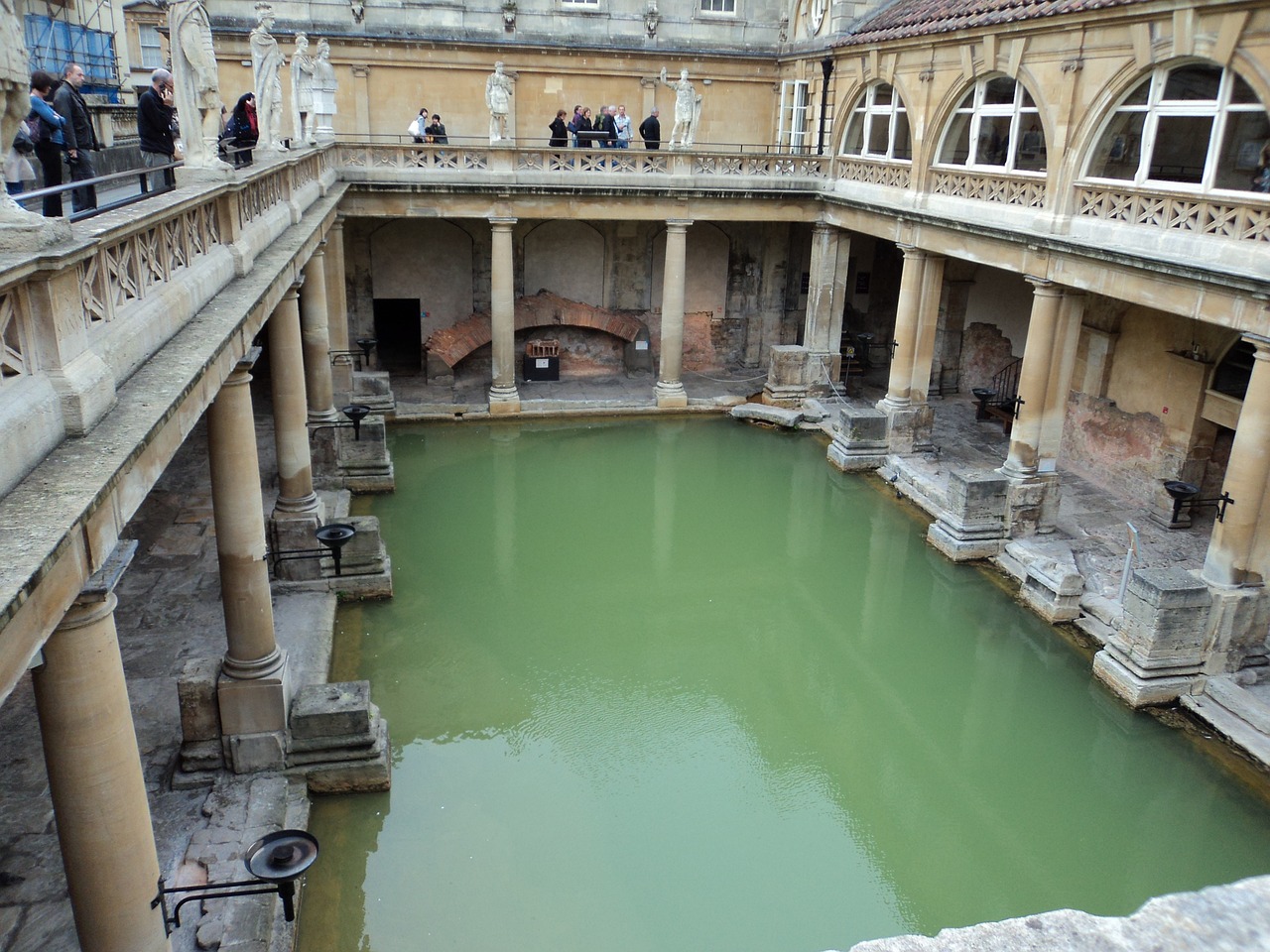
Gladiatorial Games and Venues
Gladiatorial games held in ancient Rome were not merely a form of entertainment but a grand spectacle that captivated the masses and showcased the power and extravagance of the Roman Empire. The venues where these games took place, most notably the iconic Colosseum, stood as architectural marvels that hosted brutal combat and theatrical performances that enthralled spectators from all walks of life.
The Colosseum, also known as the Flavian Amphitheatre, was a colossal structure capable of seating tens of thousands of spectators who eagerly awaited the clash of gladiators and wild beasts in the arena. The grandeur of the Colosseum symbolized the might of Rome and served as a testament to the opulence and engineering prowess of the ancient civilization.
Other venues across the Roman Empire, such as the Circus Maximus and amphitheaters in various cities, also hosted gladiatorial games, chariot races, and other public spectacles that drew immense crowds seeking excitement and diversion from their daily lives. These arenas were not just places of entertainment but also political tools used by emperors and elites to maintain control and influence over the populace.
The games themselves were meticulously planned events, with elaborate sets, props, and choreographed fights designed to thrill the audience and evoke a range of emotions, from awe to bloodlust. Gladiators, trained to perfection and adorned in distinctive armor and weaponry, faced off in deadly combat, their skills and bravery on full display as they fought for survival and glory in the arena.
As the crowds roared and the sands of the arena bore witness to the clash of steel and the spatter of blood, the gladiatorial games became a symbol of Roman power and decadence, a spectacle that both entertained and reflected the brutal realities of life in the ancient world.
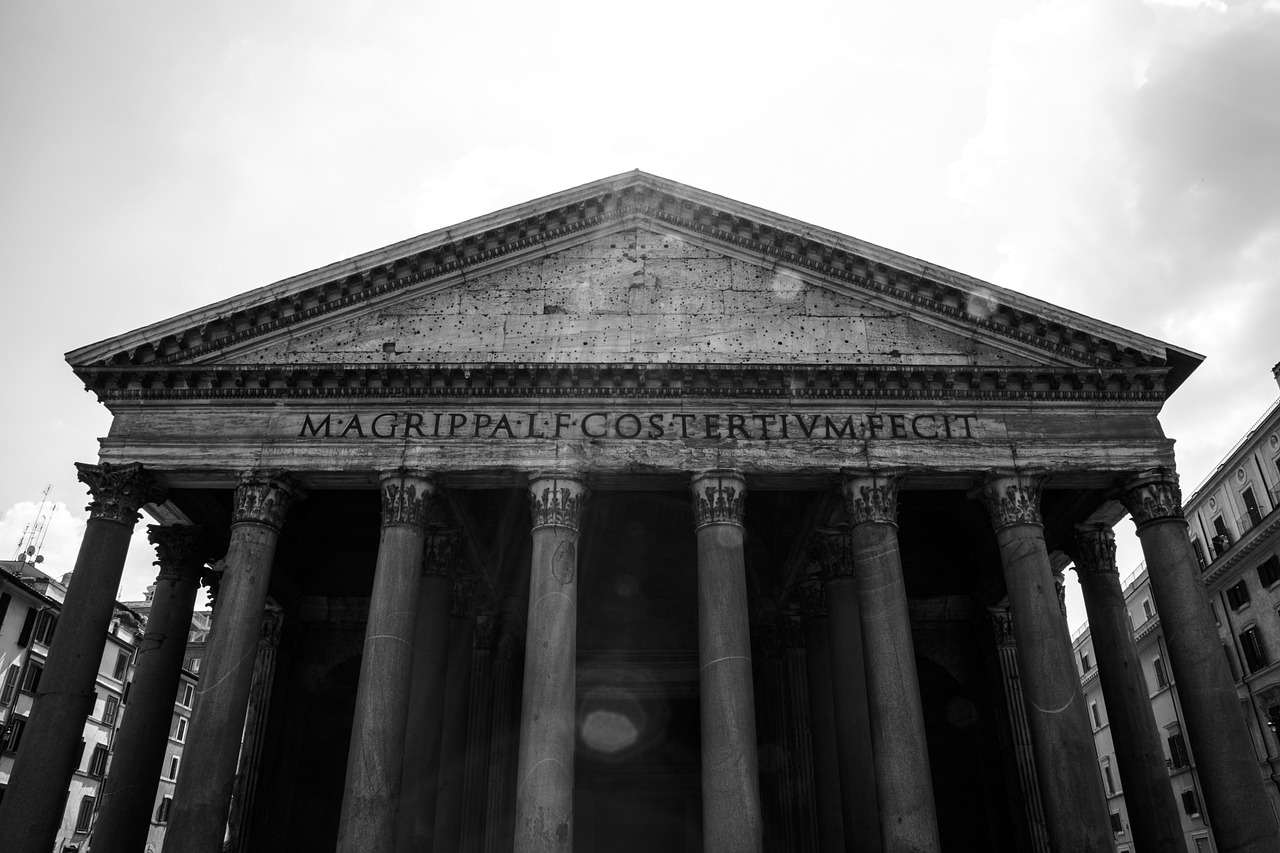
Gladiator Lifestyle and Fame
Delving into the daily lives of gladiators reveals a stark contrast between the glamour of the arena and the harsh reality of their existence. These warriors, revered for their skill and bravery, led a life fraught with danger and uncertainty. From the moment they entered the ludus, the gladiatorial training school, their fate was sealed. Endless hours of rigorous training honed their combat skills, preparing them for the blood-soaked spectacle of the arena.
Despite the grueling nature of their profession, gladiators enjoyed a certain level of celebrity status in Roman society. Their exploits in the arena captivated audiences, earning them fame and adulation. Victorious gladiators were hailed as heroes, their names whispered in awe by spectators and emblazoned on the walls of the colosseum. The allure of fame and fortune beckoned to these warriors, driving them to push their limits and strive for glory in the face of death.
However, behind the facade of fame lay a harsh reality. Gladiators were essentially slaves, bound to their lanista, or owner, by a contract of blood and steel. Their lives were not their own, their bodies mere instruments of combat in the ruthless world of the arena. The lavish banquets and luxurious lifestyles depicted in popular culture were a far cry from the squalid conditions in which many gladiators lived, their bodies scarred and broken from years of brutal combat.
Yet, despite the hardships they endured, gladiators embodied the epitome of courage and resilience. Their willingness to face death in the arena, to stare into the eyes of their opponents and fight with honor and skill, captured the imagination of the Roman populace. In a society defined by power and prestige, gladiators stood as symbols of strength and valor, their legacy enduring long after the sands of the arena had settled.

The Role of Gladiators in Roman Society
Gladiators held a unique and multifaceted role in Roman society, serving as both entertainers and symbols of power, strength, and resilience. These skilled fighters captivated the masses with their daring battles in the arena, becoming revered figures whose lives were intertwined with both glory and peril.
Within the rigid social structure of ancient Rome, gladiators occupied a paradoxical position. While they were often viewed as outcasts and condemned criminals forced to fight for their lives, they also commanded respect and admiration for their courage and skill in combat. The sight of a gladiator entering the arena evoked a mix of fear, awe, and fascination among spectators, highlighting the complex emotions surrounding these revered warriors.
Gladiators became larger-than-life figures who transcended their humble origins, with successful fighters attaining celebrity status akin to modern-day sports stars. Their victories in the arena brought them fame, wealth, and even the adoration of the public, transforming them into symbols of triumph over adversity and the embodiment of the Roman virtues of courage and honor.
Moreover, gladiators played a crucial role in the political and social fabric of ancient Rome. Their performances in the arena were not merely entertainment but also served as a reflection of broader societal values and power dynamics. The sponsorship of gladiatorial games by wealthy elites and politicians was a means of displaying wealth and influence, while the outcomes of the fights could sway public opinion and shape political allegiances.
Despite their status as outsiders, gladiators held a unique power to captivate and influence the masses, making them a potent symbol of both the brutality and grandeur of Roman society. Their presence in the arena was a constant reminder of the fragility of life, the allure of glory, and the stark realities of power and hierarchy in the ancient world.
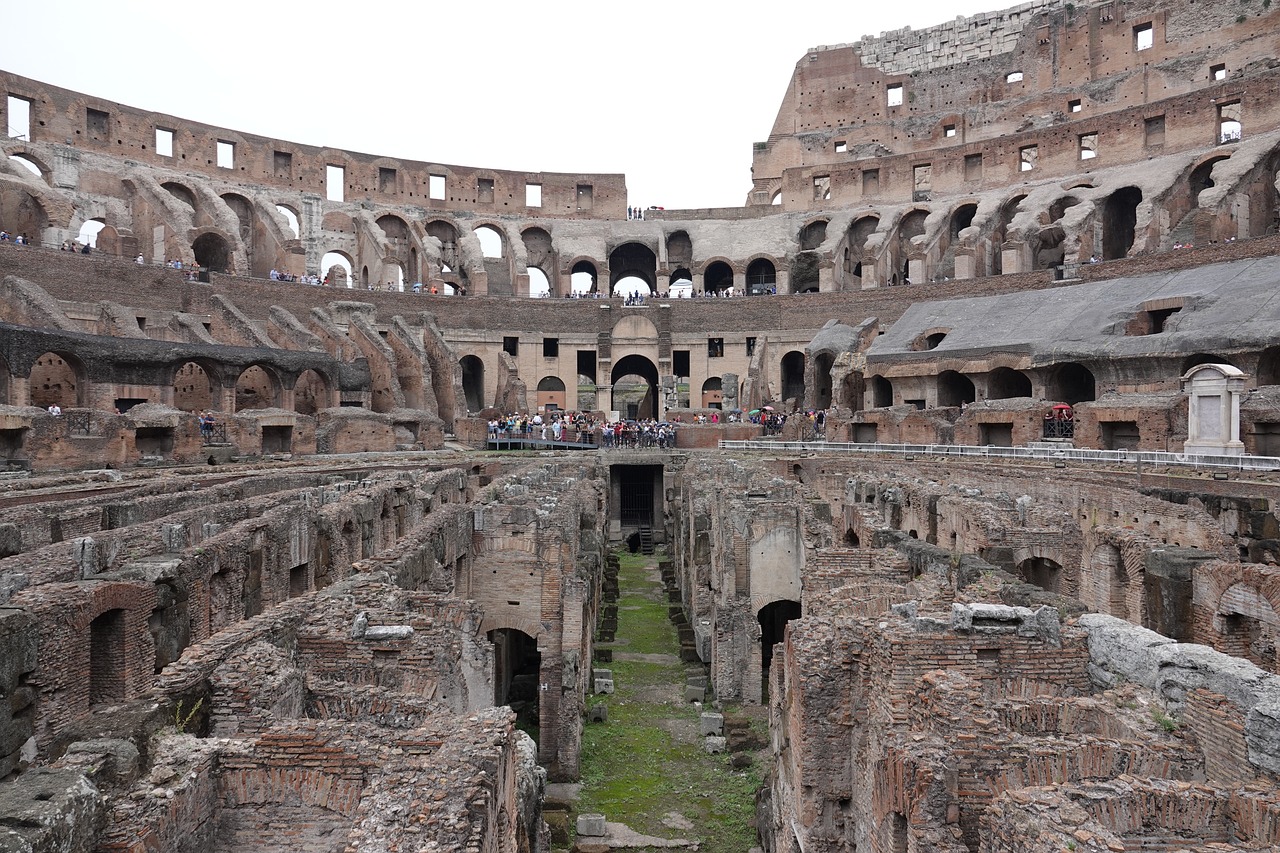
Gladiatorial Combat Techniques
Gladiatorial combat was not merely a brutal clash of swords and shields; it was a carefully choreographed dance of death that required skill, agility, and strategy. Gladiators trained rigorously to master a variety of combat techniques, each designed to outmaneuver and outwit their opponents in the arena. One of the most iconic techniques was the "retiarius" style, where a gladiator armed with a trident and net would use agility and precision to entangle and strike their foes. On the other hand, the "murmillo" fighters relied on heavy armor and a straight sword to overpower their adversaries with brute force. These distinct fighting styles showcased the diversity and complexity of gladiatorial combat, where each move could mean the difference between life and death.
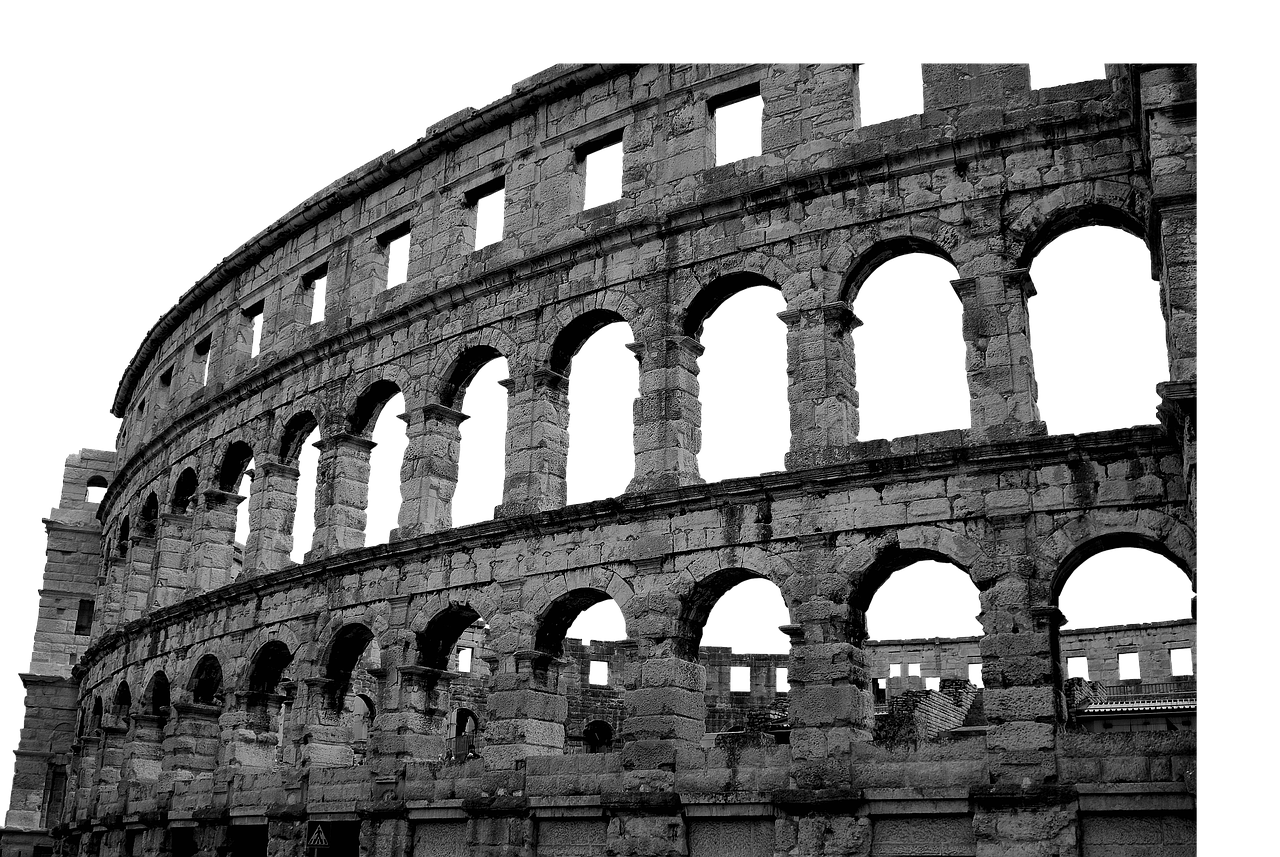
Gladiators in Popular Culture
Gladiators have left an indelible mark on popular culture, their legacy enduring through centuries and resonating in various forms of media. From epic Hollywood blockbusters like "Gladiator" starring Russell Crowe to thrilling video games that allow players to step into the sandals of these ancient warriors, gladiators continue to captivate audiences worldwide. Their portrayal in contemporary entertainment often romanticizes their battles in the arena, emphasizing valor, honor, and the thrill of combat. These depictions not only entertain but also serve to immortalize the bravery and sacrifice of these ancient fighters.
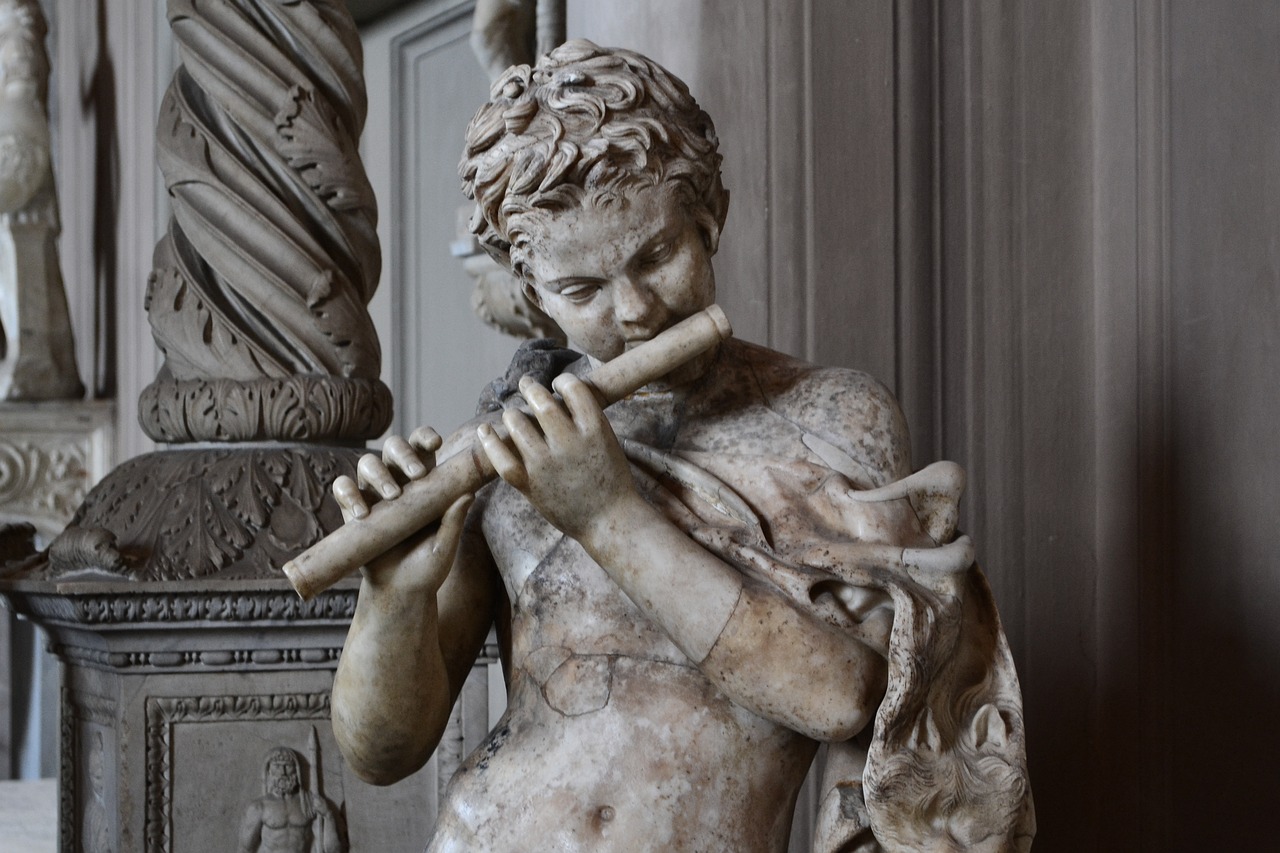
The Decline of Gladiatorial Combat
As the grandeur of the Roman Empire began to wane, so too did the once-thriving tradition of gladiatorial combat. The decline of gladiatorial games was not a sudden event but rather a gradual shift influenced by a variety of factors that ultimately led to the abolition of this brutal form of entertainment.
One significant factor contributing to the decline of gladiatorial combat was the changing moral values within Roman society. As Christianity began to take hold and spread throughout the empire, the public perception of the violent spectacles in the arena began to shift. The idea of glorifying death and bloodshed for entertainment purposes became increasingly at odds with the teachings of the new religion, leading to a decrease in popular support for the games.
Furthermore, as the Roman Empire faced economic challenges and internal strife, the extravagant costs associated with hosting gladiatorial games became increasingly unsustainable. The resources required to maintain the arenas, train the gladiators, and stage elaborate spectacles became a burden on the already strained imperial coffers.
Political changes also played a role in the decline of gladiatorial combat. As power struggles and transitions occurred within the empire, the focus shifted away from the grandiose displays of the arena towards more pressing political matters. Emperors and rulers began to prioritize different forms of entertainment and spectacle to solidify their authority and garner public support.
Additionally, the rise of alternative forms of entertainment, such as chariot races, theatrical performances, and animal hunts, provided the Roman populace with new and diverse sources of amusement. These competing attractions drew audiences away from the gladiatorial games, further diminishing the popularity and relevance of the once-celebrated tradition.
In the end, a combination of societal, economic, and political factors contributed to the decline and eventual abolition of gladiatorial combat in ancient Rome. The legacy of the gladiators lives on in history books and archaeological remains, serving as a reminder of a bygone era marked by blood, sweat, and spectacle.
Do you have more questions about the rise and fall of gladiatorial combat in ancient Rome? Check out the FAQ section below for answers to commonly asked questions!
Frequently Asked Questions
- What were the origins of gladiatorial combat in ancient Rome?
Gladiatorial combat in ancient Rome had its roots in funeral rites and religious practices, evolving into a form of entertainment and spectacle for the masses.
- How were gladiators trained and what kind of equipment did they use?
Gladiators underwent rigorous training regimens, learning various combat techniques and mastering the use of specialized weapons and armor tailored to their fighting style.
- What were the different types of gladiators in ancient Rome?
Ancient Rome featured a diverse array of gladiator classes, each with its own distinct armor, weapons, and fighting techniques, ranging from heavily armored fighters to swift and agile combatants.
- What role did gladiators play in Roman society?
Gladiators occupied a unique position in Roman society, captivating the public with their performances in the arena and symbolizing various aspects of Roman culture, such as bravery, honor, and social status.
- Why did gladiatorial combat eventually decline in ancient Rome?
The decline of gladiatorial combat in ancient Rome can be attributed to a combination of societal changes, shifting cultural values, and the eventual abolition of the games due to moral concerns and evolving entertainment preferences.



















